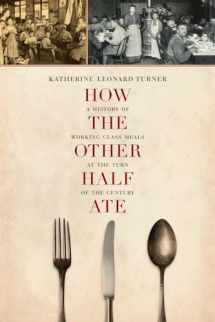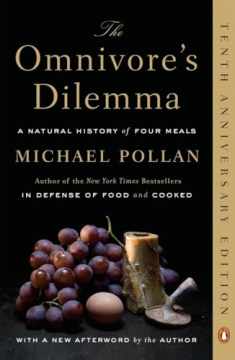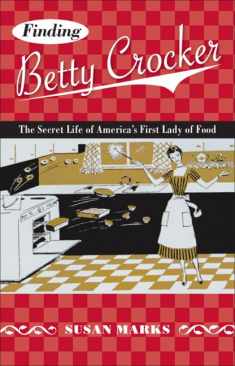
How the Other Half Ate: A History of Working-Class Meals at the Turn of the Century (California Studies in Food and Culture) (Volume 48)
Book details
Summary
Description
In the late nineteenth and early twentieth centuries, working-class Americans had eating habits that were distinctly shaped by jobs, families, neighborhoods, and the tools, utilities, and size of their kitchens―along with their cultural heritage. How the Other Half Ate is a deep exploration by historian and lecturer Katherine Turner that delivers an unprecedented and thoroughly researched study of the changing food landscape in American working-class families from industrialization through the 1950s.
Relevant to readers across a range of disciplines―history, economics, sociology, urban studies, women’s studies, and food studies―this work fills an important gap in historical literature by illustrating how families experienced food and cooking during the so-called age of abundance. Turner delivers an engaging portrait that shows how America’s working class, in a multitude of ways, has shaped the foods we eat today.


We would LOVE it if you could help us and other readers by reviewing the book
Book review





